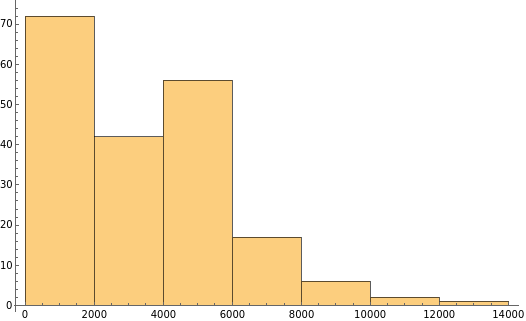
You are using a browser not supported by the Wolfram Cloud
Supported browsers include recent versions of Chrome, Edge, Firefox and Safari.
I understand and wish to continue anyway »
Euclid book 4 proposition 2 | GEOMETRIC SCENE |
GeometricAssertion[{Triangle[{A.,B.,C.}],Triangle[{D.,E.,F.}]},Similar] |
 |



You are using a browser not supported by the Wolfram Cloud
Supported browsers include recent versions of Chrome, Edge, Firefox and Safari.
I understand and wish to continue anyway »